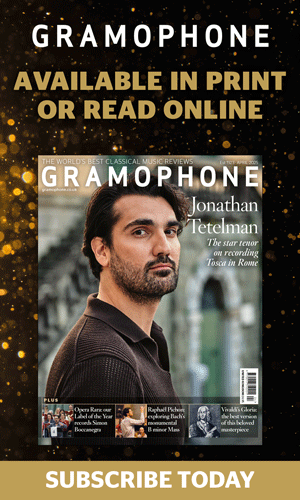Tippet Rise: when philanthropy really works
James Jolly
Wednesday, October 2, 2024
In US State of Montana, an arts-loving couple have created a very special environment where music and landscape come together. James Jolly reports from Tippet Rise

Register now to continue reading
Thanks for exploring the Gramophone website. Sign up for a free account today to enjoy the following benefits:
- Free access to 3 subscriber-only articles per month
- Unlimited access to our news, podcasts and awards pages
- Free weekly email newsletter







